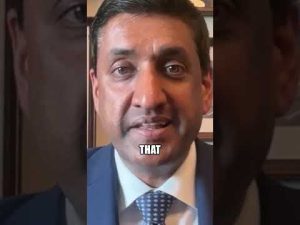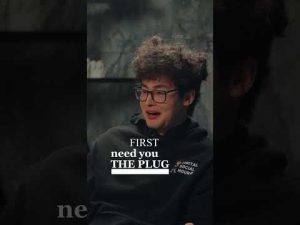In a few short weeks, as a new chapter unfolds in the saga of American politics, President-elect Donald Trump is setting the stage for a decisive shift in the nation’s approach to law enforcement. With the disastrous movements for police defunding still fresh in the collective memory, many are wondering if this trend is on its last legs. Recent election results suggest that voters are not just ready to rekindle support for our nation’s police officers but are also eager to restore safety and order in their communities.
The defunding movement took off like a firework in 2020 but fizzled just as quickly, leaving behind a trail of chaos. Cities across the nation slashed hundreds of millions from police budgets, and the consequences were dire. Violent crime rates surged to levels reminiscent of the early 1990s, while talented officers left the force in droves—nearly 37,000 strong. With voters now emphatically endorsing law-and-order candidates, it appears they are done coddling criminals and are ready to support their local police once again.
Several noteworthy events in the recent elections signaled a clear rejection of the “defund the police” ideology. Indeed, President Trump’s victory over Kamala Harris, a vocal proponent of the movement, was a resounding message from the American populace. Furthermore, many local elections saw soft-on-crime district attorneys face defeat, which sends a strong signal that voters expect safety and accountability. Even in California—a state long considered a bastion of progressive values—voters approved Proposition 36, which toughened penalties for drug-related offenses and theft. This unexpected turn in a traditionally liberal state demonstrates the changing tide in the public attitude toward law enforcement.
Meanwhile, as citizens yearn for safer neighborhoods, it’s crucial to acknowledge that real change often starts at the local level. Newly elected officials need to commit to supporting their police forces rather than promoting distancing strategies that only create chaos. The situation in cities like Chicago highlights how crucial local leadership is—often, mayors and police chiefs must work together to prioritize the safety and security of their constituents. The people living in these areas are becoming increasingly vocal about wanting protection from crime, rather than viewing police as adversaries.
As the focus shifts back toward supporting law enforcement, one of the more pressing issues is immigration and public safety. The upcoming Trump administration is likely to prioritize breaking up gangs and deporting criminal aliens, actions that could invigorate the police forces that want to keep their communities safe. Unfortunately, not all mayors are on board with cooperating with federal efforts to enforce immigration laws, which leaves officers on the ground stuck in a tough spot. Cities that refuse to act leave their officers caught in a crossfire of politics, forcing them to navigate residents’ fears while battling crime.
What lies ahead for our nation’s policing philosophy is yet to be determined, but it is clear that American citizens have grown tired of the chaos and stand ready to embrace candidates that promote law and order. As the pendulum swings back in favor of policing, it seems voters are making it evident that safe cities are a priority more than ever. It remains to be seen if this momentum can be sustained, but one thing is certain: the loud and clear message from voters illustrates that support for those who protect and serve is not just a hopeful wish—it’s an urgent demand.







